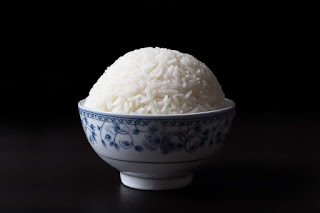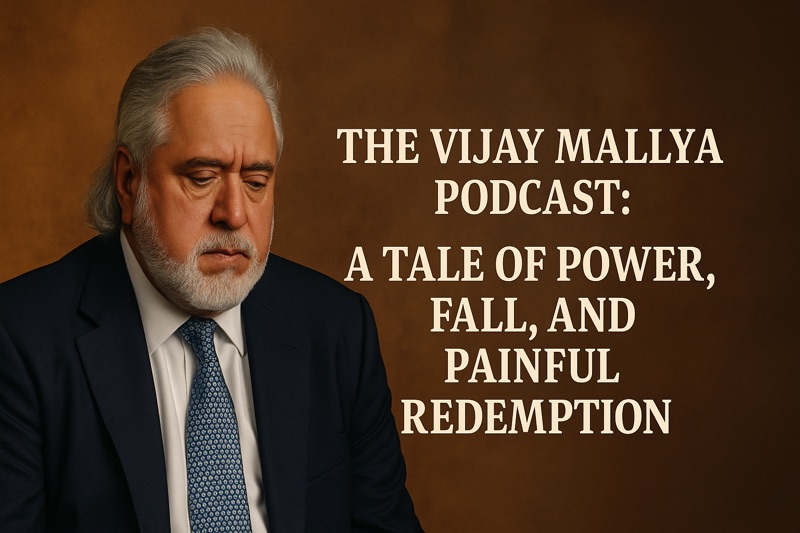Natarajasana, Lord of the Dance Pose or Dancer Pose is a standing, balancing, back-bending asana in modern yoga as exercise. It is derived from a pose in the classical Indian dance form Bharatnatyam, which is depicted in temple statues in the Nataraja Temple, Chidambaram.
.
BENIFITS OF THIS YOGA POSE:- Practicing this asana gives strength to your chest, ankles, hips, and legs.
1) This asana increases your metabolism and helps in weight loss.
2) It gives your groin, abdominal organs, and thighs a good stretch.
3) Your posture is improved, and balance is increased.
4) It helps better your digestion.
5) You tend to focus more and are also relieved of stress. This asana calms your mind.
6) Your body becomes flexible.
7) Your hip flexors are opened up.
8) Practicing this asana gives strength to your chest, ankles, hips, and legs.
What You Should Know Before You Do This Asana?
This asana must be practiced on an empty stomach. You must make it a point to have your meals four to six hours before the practice so that the food is digested and the energy is ready to be expended. Also, make sure your bowels are empty before you practice.
Yoga must be practiced at dawn or dusk for best results.
The Science Behind The Natarajasana:-
This asana is a beautiful combination of structure and movement, and it symbolizes the dance of the graceful Nataraja. It helps to make you strong, and opens up your mind and body, giving them so much grace and power. It is a deep backbend.
As you bend and your body balances on one leg, you are constantly challenged. When you overcome the challenge, you attain a sense of peace and calm. This asana opens up the heart. It asks of us to be stable but at ease, dedicated, yet non-attached, engaged, yet at peace.
When we are open to and accept both movement and structure, this asana helps draw a clear communication between our being and the teacher in the heart.





